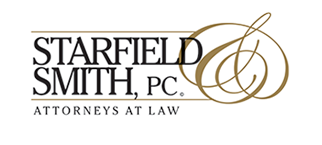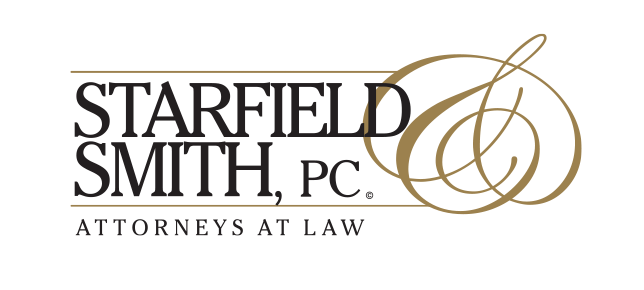The cornerstone of SBA lending has always been and will continue to be reaching businesses that are, in fact, small. The way that small business is defined has shifted drastically under Procedural Notice 5000-846607 “Implementation of the Final Rule on Affiliation and Lending Criteria for the SBA Business Loan Programs,” which is in effect now, and as further implemented through the SOP 50 10 7. These changes eliminate a longstanding requirement for lenders to analyze how outside parties and minority owners of a business control decision-making in an effort to streamline underwriting.
For the purpose of determining whether a business qualifies as small, making it eligible for an SBA loan, the regulations require lenders to look at the business’ affiliates. The affiliation analysis is also used to limit a corporate group from over-borrowing under the SBA program, as loan amount maximums are applied to applicants and their affiliates. The new rules set out the following clarifying context:
The Small Business Act defines a small business concern as one which is independently owned and operated, and which is not dominant in its field of operation. SBA interprets this statutory definition to require, in certain circumstances, the inclusion of other entities (“Affiliates”) owned by the applicant or an owner of the applicant in determining the size of the applicant.
This differs from prior interpretation, which looked not only at other entities with common ownership, but also entities and persons with common control or management.
CFR 121.301(f) previously contained seven (7) subparagraphs, describing parties that would be considered to be affiliated with an applicant. SBA completely eliminated the concepts of affiliation by control, management, “identity of interest,” and franchise, license or other relationships. Due to their prevalence in the program, we will devote separate articles to the extensive franchise rule changes and removal of affiliation by management agreements and their impact on lending.
Instead, SBA has expanded the definition of “ownership” under subparagraph (f)(1) to clarify the thresholds of ownership at which SBA considers an applicant to be affiliated with an individual or another business. SBA is also clarifying that certain instances of affiliation by ownership will only arise if the applicant and another business operate in the same three-digit NAICS subsector to restrict affiliates to businesses in the same field. In short, the “ownership” affiliation rules now include determinations based only on greater than 50 percent ownership of Applicant (and in some cases, 20 percent or more).
The main reason given for these changes is that the affiliation analysis, particularly the “control” issue, was too complex for lenders and small business owners, in that it relied on information not routinely requested or known at the time of application, resulting in delayed approvals, denials, and inconsistent application overall.
However, these deleted “control” provisions have been in effect for many years, and lenders often went to painstaking lengths to determine whether control of an Applicant was an issue. The goal was to prevent an applicant being indirectly controlled by an entity or individual against whom lender or SBA had no recourse. Everyone with decision-making capability needed to have “skin in the game.” And moreover, the program did not want to promote structures where the small business owner did not actually have full ability to control and direct operations.
As we have seen over the past few years, many complex structures have been proposed by applicants under which investors, entities, or managers tried to avoid the “control” determination and thus avoid a personal guarantee of the loan. Setting aside the issue of whether those Applicants met the “credit elsewhere” test in the first place, in that most were likely able to raise large sums of money from investors, this analysis had the benefit of yielding other determinations about eligibility that were only revealed by peeling back the layers of the onion, to see who was really involved. The exercise itself of analyzing affiliation under the old rules forced lenders to ask questions that led them to analyze credit elsewhere and direct and indirect control so that they could structure the loan with the best protections for the SBA and taxpayers, and so that they had a handle on who was really “steering the ship” with regard to the Applicant’s day-to-day affairs.
The impacts from the easing of the affiliation rules, and the resulting lack of transparency, may not be felt for many years. Lenders should keep in mind that although the affiliation analysis may now take less effort, lenders must continue to analyze eligibility under the remaining thresholds.
For more information on SOP 50 10 7, contact Corrie Thrasher at cthrasher@starfieldsmith.com or 215-542-7070.




Comments are closed.